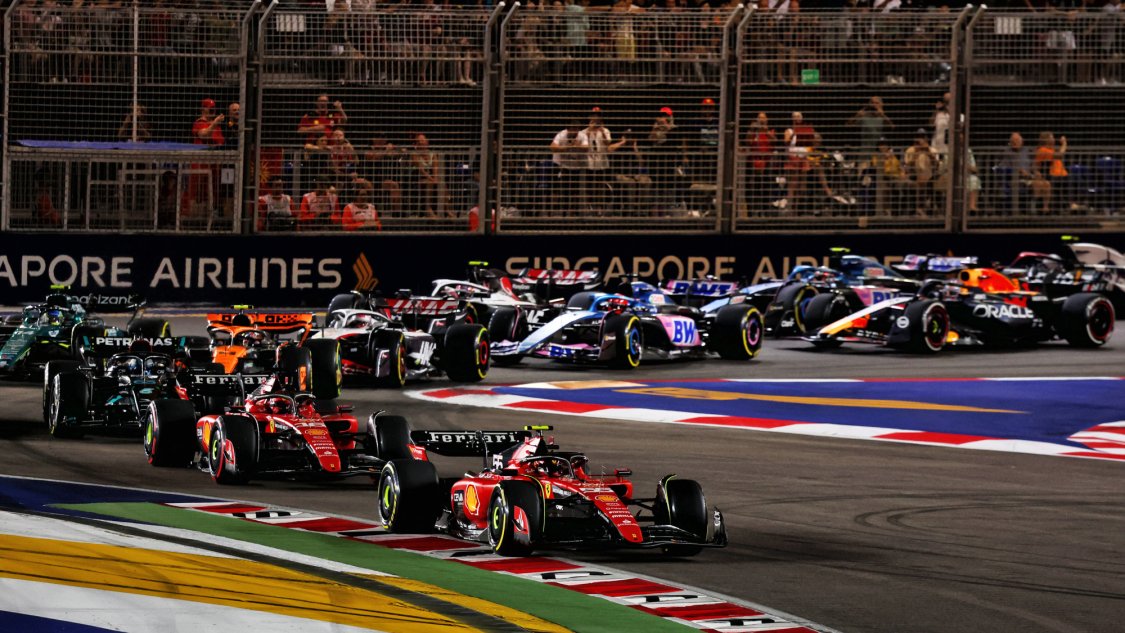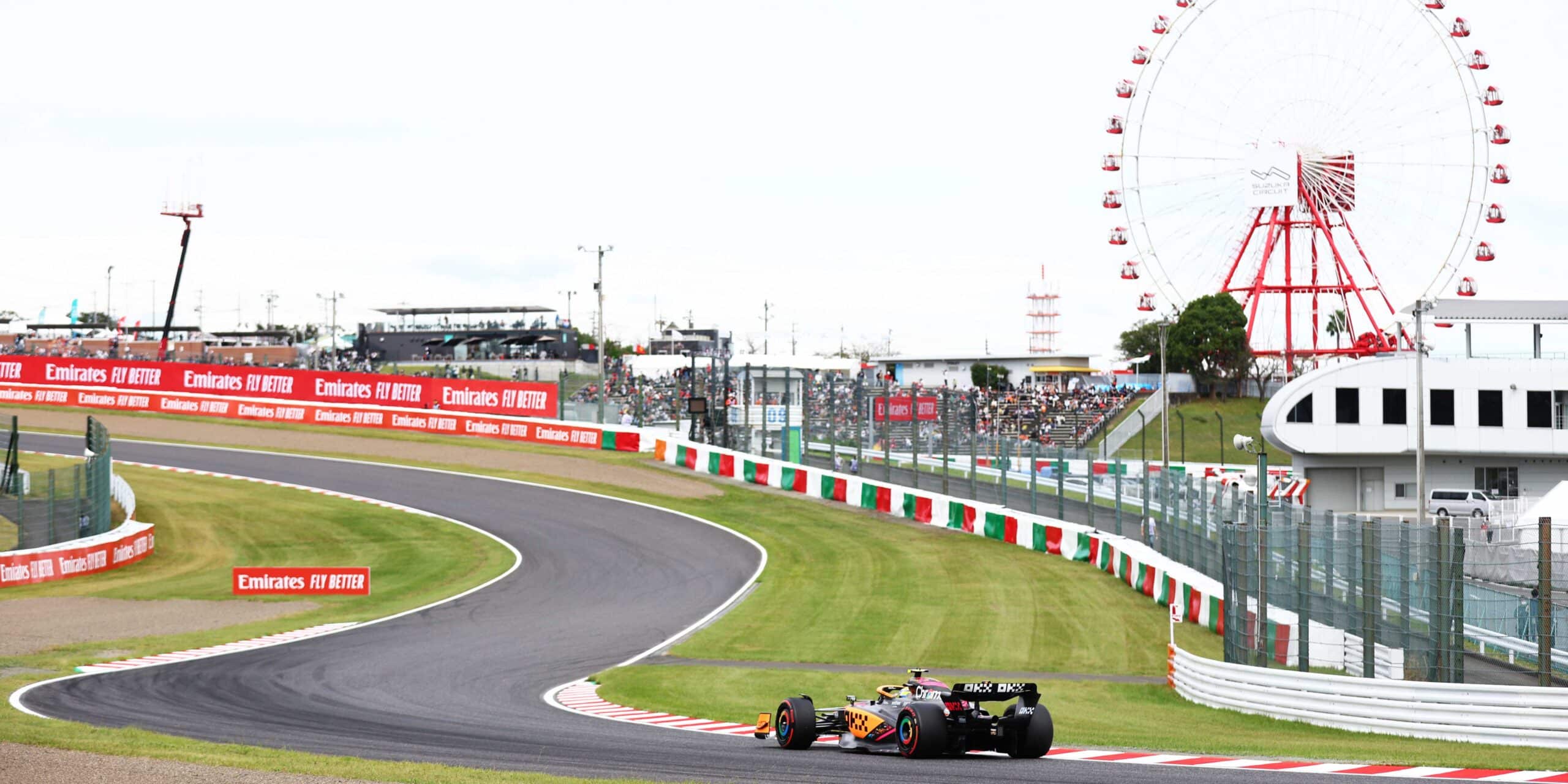The announcement of the Madrid Grand Prix was met with mixed reactions from F1 fans across the globe. Some fans were excited for the new event, however, many fans were begrudging of another street circuit being added to Formula 1’s calendar.

In 2026, there will be at least eight street races on the calendar, an all-time high for Formula 1. This is not to say that all street races should be met with negative reactions, for street circuits have rich history in Formula 1. The streets of Monte Carlo play host to the most famous Grand Prix of them all, offering up a special experience likened to ‘riding a bicycle around your living room’.
The Singapore Grand Prix is another unique challenge, as drivers are on the limit of their physical capabilities in the humid night race, with peril around every corner of Marina Bay’s streets. George Russell found this out in 2023, for a tiny lapse in concentration saw him lose 3rd place on the final lap, and return home with nothing.
In fact, three of the best races in 2023 took place on street circuits. Las Vegas raised eyebrows initially, but provided good racing and a thrilling climax to its inaugural Grand Prix. The Marina Bay Circuit wowed fans with a four-car shootout for the win, whilst Monaco’s unpredictable weather threw the race into chaos for the final few laps.

Despite the optimism, street circuits also have the ability to produce terribly dull racing. The 2021 Monaco Grand Prix passed with no on-track overtakes after lap 1, and races around Baku since 2018’s thriller (2021 aside) have generally been sterile. However, this is not the main issue with street circuits.
Instead, the arrival of street circuits such as Madrid and Miami go against the core of Formula 1, and the very foundation upon which the sport was built.
Since Liberty Media’s takeover of the sport in 2018, traditional natural-terrain road courses have consistently been dropped from the calendar. Although fan favourites such as Istanbul Park and the Nürburgring returned thanks to the pandemic, tracks like Hockenheim, Sepang and Paul Ricard have made way for the lucrative payday that F1 receives by sending its cars onto the streets of Las Vegas, Jeddah and Miami.

Soon, Madrid will arrive on the calendar at the expense of the Circuit Barcelona-Catalunya, and there are even rumours that Osaka is looking for F1 to take to its streets, possibly rendering Suzuka vulnerable.
Losing Suzuka and Barcelona would mean that four circuits that have held 121 Grand Prix between them would be replaced by four street races, supporting Liberty Media and Stefano Domenicali’s vision of having F1 race in the wealthiest and most glamourous places in the world, rather than at tracks filled with character and history.
Formula 1’s unique selling point is that its cars are objectively the fastest road course and street circuit cars in the world, with some of the finest and most historic manufacturers on the planet fighting tooth and nail to develop the quickest cars possible whilst adhering to regulations. Thousands of talented men and women work tirelessly to find innovative ways of making their cars superior to all the rest.

For their sake, F1 deserved to be racing on tracks that allow this work to be shown off. Limiting F1 cars to reduced speeds through ninety-degree corners whilst driving single file on narrow streets is not the way that anyone envisaged the pinnacle of car development to go. F1 cars should be capable of pushing the limits through the Dunlop Curves at Suzuka, or going flat-out around the final corners of the Circuit Barcelona-Catalunya.
These F1 tracks need not be replaced by samey, uninspiring street circuits in Osaka and Madrid. For example, the Miami International Autodrome looks akin to parts of the Madrid Circuit, and strikes similarity with the proposed Vietnam Grand Prix circuit in Hanoi, which (you guessed it), was proposed to be a street circuit.
There is no problem with cars coming incredulously close to the barriers through the swimming pool section in Monaco, or reaching maximum velocity down the main straight in Baku. However, when streets circuits are designed upon the same blueprint and then are simply shoved into the F1 calendar, the tracks feel soulless, gimmicky and badly thought through.

Street circuits undeniably provide unique challenges for Formula 1 drivers, unpredictable races and they appeal to Liberty Media’s vision of Formula 1 as a highly profitable fanfare which is capable to making even the most vibrant cities stop and stare. However, these are clearly at the expense of traditional circuits which are at the core of F1’s roots.
Innovation and modernisation can work in equal measure if dealt with correctly, but the Madrid Grand Prix feels like a step took far. This one feels more about the payday for F1 than the improvement of racing in Spain, and fans must remain watchful of this. The soul of Formula 1 lies in the world’s fastest road and street racing cars having the ability to push to the limit on unique and exhilarating tracks. Let us make sure that that awe-inspiring model is protected.
